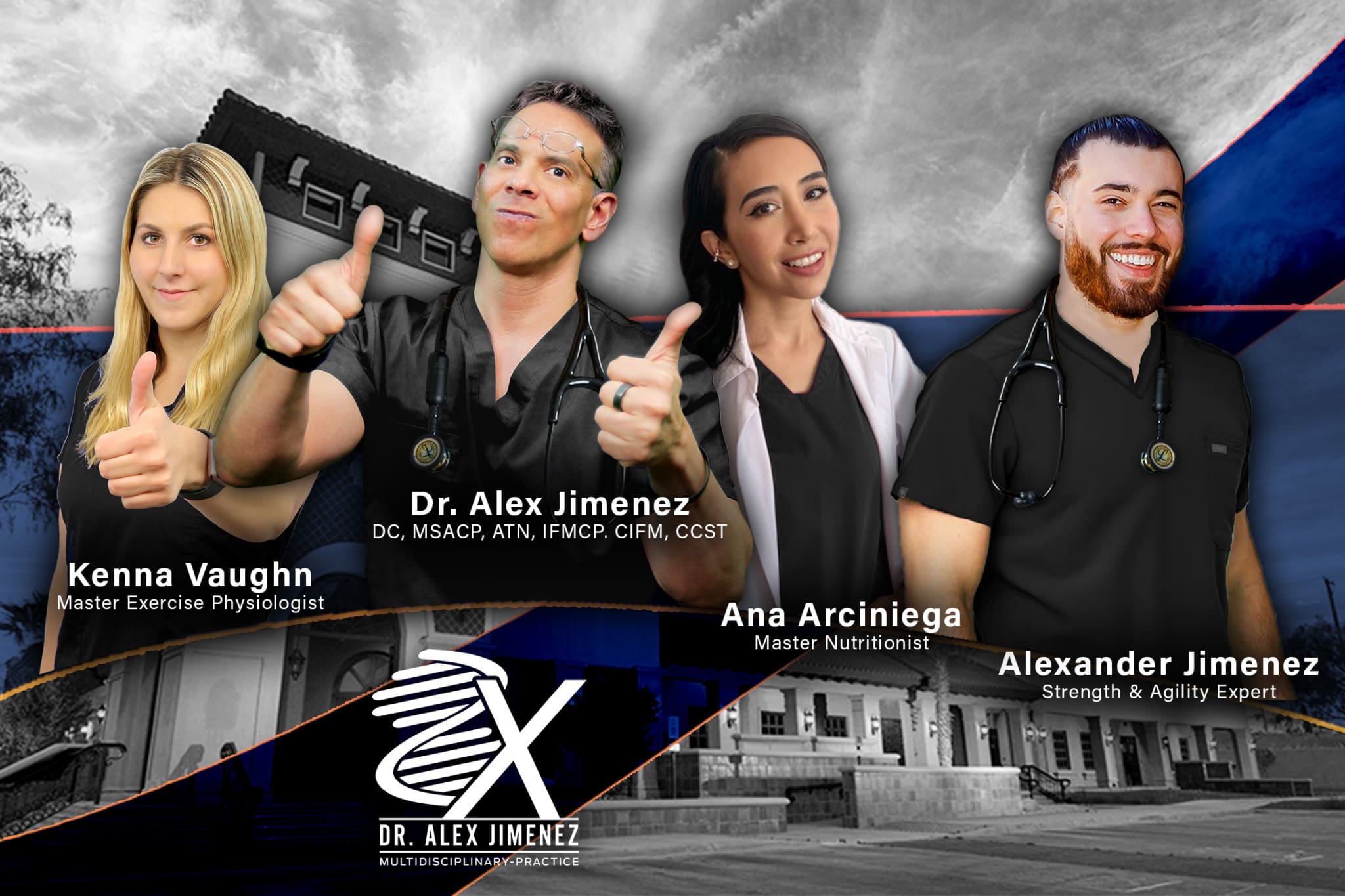Trending
- Deep Breathing While Driving to Reduce Stress
- Gluteal Pain Athletic Recovery: Treatment Explained
- Bloating Linked Spinal Problems: Importance of Alignment
- Gut Microbiome Injury Rehabilitation Guide to Recovery
- Chiropractic Care: What You Need to Know About Calisthenics
- Motor Vehicle Injury Muscle Recovery: What You Need
- Workplace Wellness Through Chiropractic for Injury Recovery
- Chiropractic Flexibility Nutrition Support for Joints
- Tech-Enhanced Posture Recovery for Better Performance
- Chiropractic MVA Mobility Restoration and Rehabilitation
Electroacupuncture Care
Acupuncture uses thin needles to stimulate specific points to relieve pain and other health problems symptoms. Electroacupuncture involves traditional needle insertion, then a small electrode is attached to the needle/s. The electrode sends a gentle electrical vibration that stimulates the energy. Electroacupuncture is believed to help increase blood flow and regulate energy circulation, which can help relieve pain and potential blockages.
It is soothing, providing a soft vibration and fluid treatment. The electrode takes over for the acupuncturist’s hand, moving the needle to activate the point/s. This helps prevent the acupuncturist from getting tired and ensures that the individual receives optimal stimulation. Electroacupuncture treatments tend to be shorter than traditional treatments because of the continued and stronger electrical stimulation. Conditions that electroacupuncture can treat include:
Sports Injuries
Muscle spasms
Chronic pain
Nerve injuries
Stress
Arthritis
Obesity
Hormonal imbalances
Digestive issues like constipation or diarrhea
Neurological conditions
A unique advantage of electro-acupuncture is its ability to simulate larger areas and increase the intensity of the signals sent through the needles to optimize communication.

